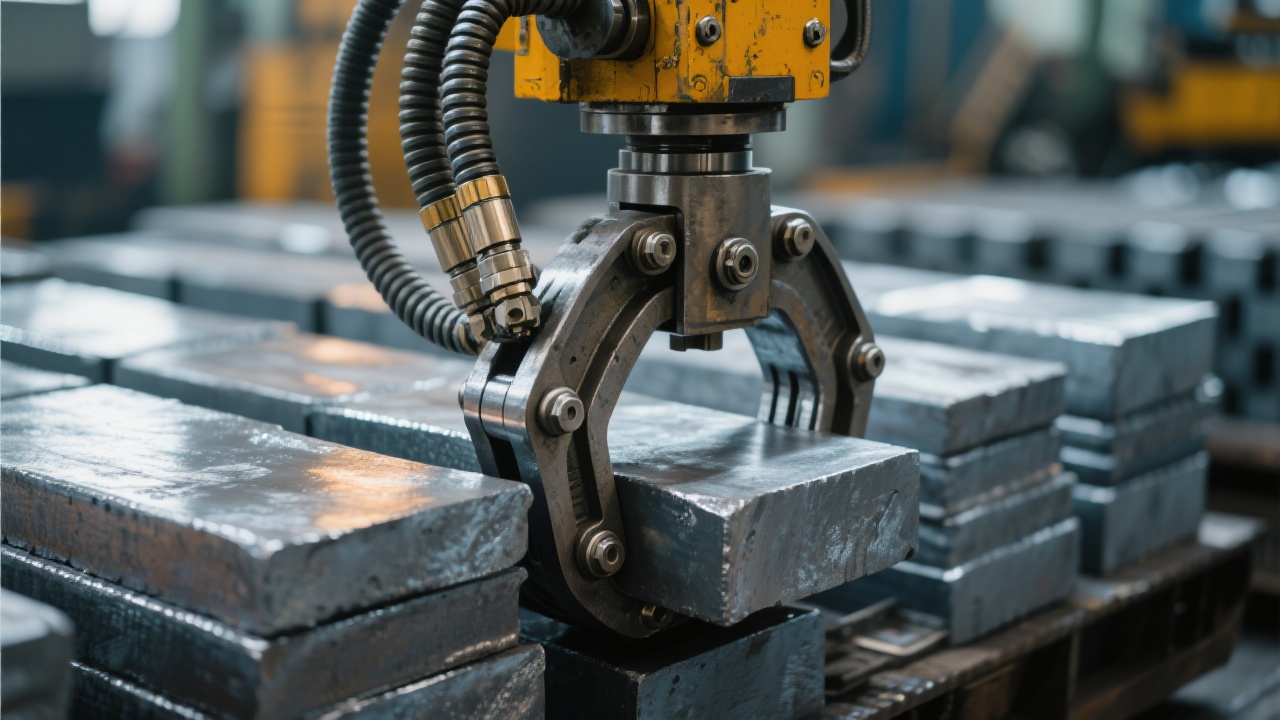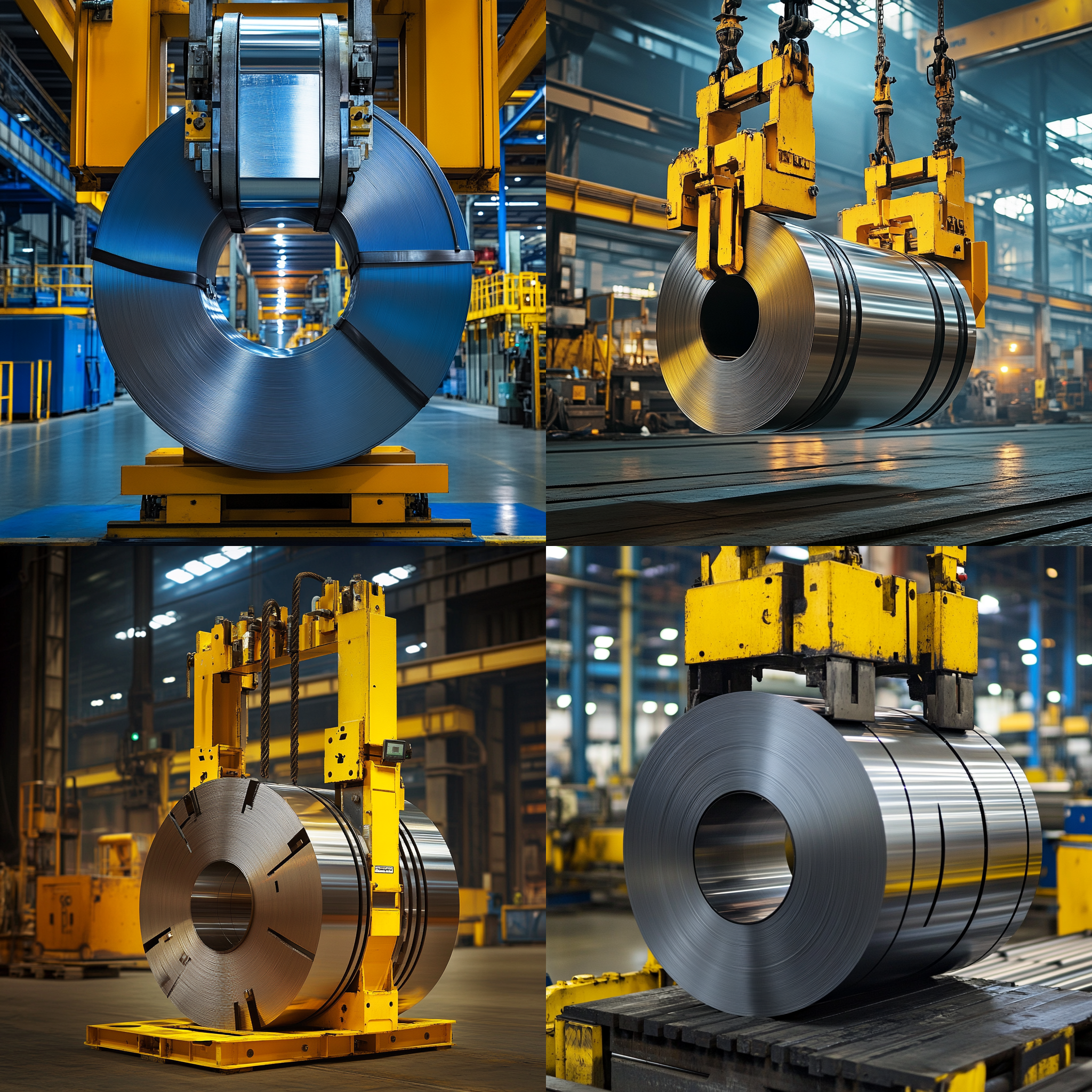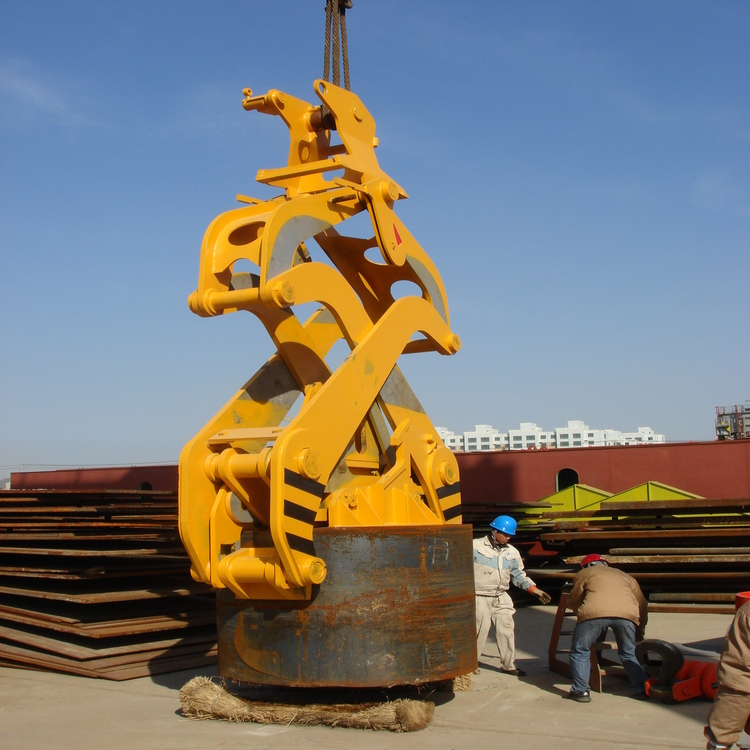
In the steel industry, rolling mills are pivotal to production throughput, and the handling of heavy steel coils demands precision and reliability. Vertical steel coil handling equipment plays a critical role in ensuring smooth operations while maintaining safety standards. However, common challenges such as coil instability during lifting and subpar operational efficiency often hamper production goals. This article explores essential maintenance and operational practices to optimize the performance and safety of vertical steel coil handling machinery within steel rolling plants.
The foundation of reliable coil handling begins with choosing equipment tailored to the plant’s specific capacity and operational demands. Matching the equipment capacity—typically rated by tonnage—with the coil weight is imperative. For instance, equipment rated for 20 tons should never be used routinely for coils exceeding 18 tons to maintain a safety margin of at least 10%. Furthermore, the choice between hydraulic and electric drive mechanisms should be guided by factors like energy efficiency, maintenance complexity, and cycle frequency.
Industry data indicates plants using electric drives with smart load sensing have achieved productivity increases of up to 15%, by reducing cycle idle times and improving precision control. Consideration of drive type is thus not a mere afterthought but a strategic decision impacting long-term operational cost and uptime.
Establishing and rigorously following a standardized operation checklist elevates both safety and efficiency. Prior to every lift, the following steps are recommended:
These checkpoints reduce common incidents related to improper handling by approximately 25%, according to safety audits in top-tier steel mills. Embedding such practices within daily routines strengthens the safety culture and minimizes downtime caused by equipment damage or accidents.

The clamp assembly is arguably the most critical component influencing coil stability. Its daily inspection should include the following:
| Maintenance Item | Frequency | Key Procedures |
|---|---|---|
| Clamp Pad Wear Inspection | Daily | Check for uneven wear; replace pads if thickness <5mm |
| Hydraulic Pressure Check | Weekly | Verify pressure within 80-100 bar; adjust or repair leaks |
| Lubrication of Movable Joints | Biweekly | Apply manufacturer-recommended lubricant to pivot points |
Neglecting clamp maintenance often leads to coil slippage, causing costly production interruptions. Implementing a digital maintenance log can improve adherence to these schedules by over 30%.

Safety hazards in coil handling typically stem from equipment malfunction, operator error, or lack of preventive measures. High-frequency issues include:
A rapid self-check procedure for operators involves a visual inspection post-coil engagement and pre-lift confirmation of control responsiveness. Incorporating such a quick routine has been shown to reduce near-miss incidents by 40% in steel rolling environments.

Embedding safety culture through regular training and easy-to-access operational guidelines creates an empowered workforce confident in hazard recognition and prevention.
Ready to elevate your rolling mill’s production line with reliable vertical steel coil handling solutions? Discover Advanced Equipment Designed for Efficiency and Safety

